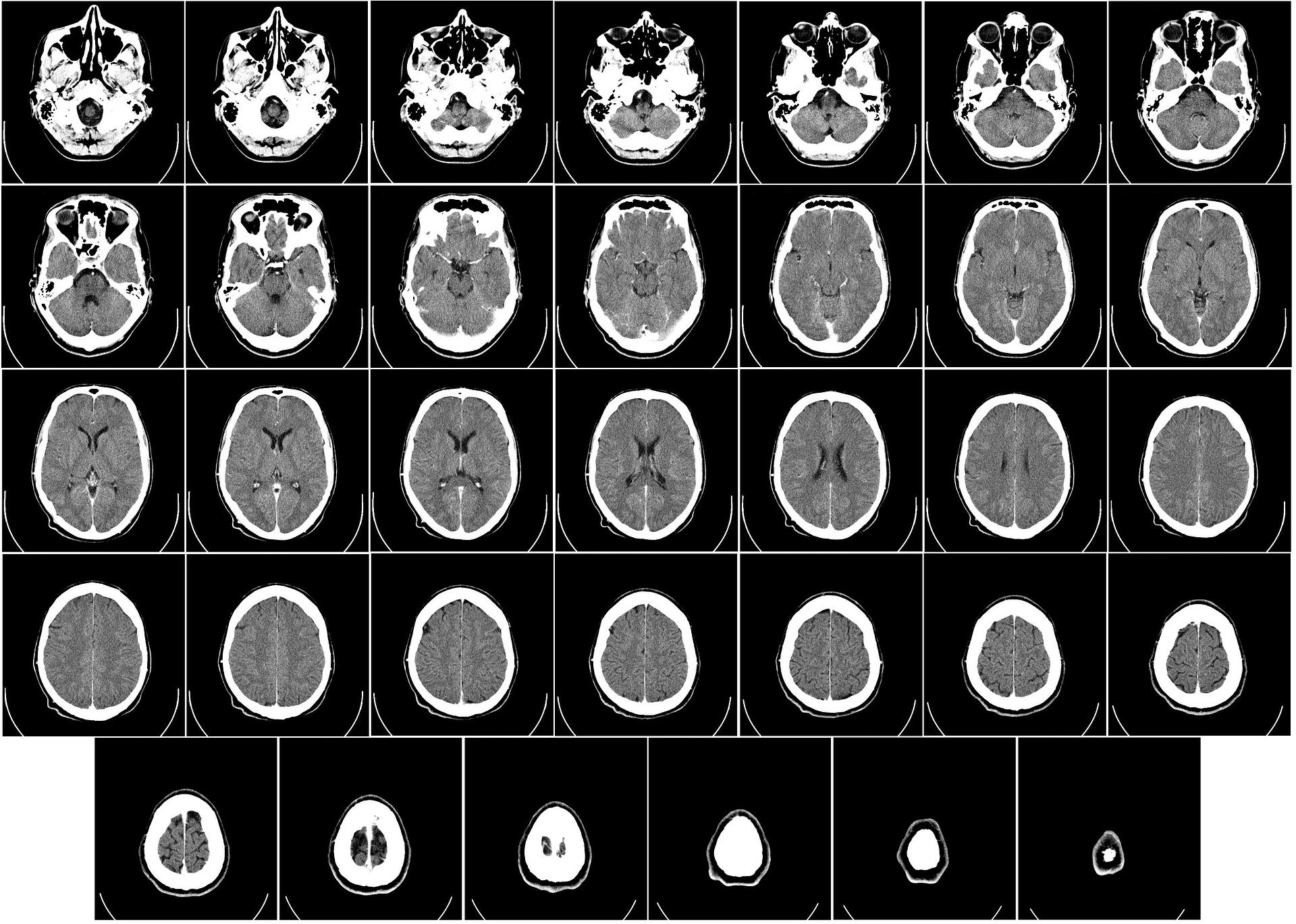
Despite years of intensive research, the reasons why people get Alzheimer’s dementia in their old age are still largely unknown. Doctors suspect that a combination of lifestyle, external factors, and genetic risks are likely causes. The most significant genetic risk factor is attributable to hereditary mutations affecting the APOE gene that “Apolipoprotein E” (APOE) needs to function. The latter is a protein that is critical for fat metabolism and nerve cells. Three variants of this APOE gene are known to exist. According to scientists, the most common form is an indication of average risk for Alzheimer’s disease. One of the two rarer variants indicates increased risk, while the other, a reduced risk.
Researchers from the German Center for Neurodegenerative Diseases (DZNE) and the Ruhr University Bochum have shown the extent to which the gene influences memory in young adults. They did this in their study of 82 young adults. “We were interested in finding out if and how the different gene variations affect brain function. That’s why we examined the brains of young adults in a brain scanner while they had to solve a task that tested their memory,” explains Dr. Hweeling Lee. She heads the current study at the DZNE in Bonn, Germany.
A hammer, a pineapple, a cat
The 82 women and men were all around 20 years old. They were also all studying and were considered cognitively healthy. “According to their genetic makeup for APOE, 33 participants had an average risk, 34 an increased risk, and 15 a decreased risk of developing Alzheimer’s disease at a late age,” so write the researchers the scientific journal “Current Biology.”
The study examined how the brains of the test subjects process certain memory tasks.
They were hooked up to an MRI scanner while more than 150 different images were played back to them one after the other on a monitor. Images such as a hammer, a pineapple, or a cat. Some images were repeated after a while. Except that these objects were sometimes in a different position on the screen. The task of the test participants was to recognize whether an object was ‘new’ or had already been shown before. They also had to see if their position had changed if they thought the object had been shown previously.
Distinguishing between similar events
“We have tested the ability to distinguish between similar events. This is referred to as pattern separation,” says Hweeling Lee. “In everyday life, for example, it’s a matter of remembering whether a key has been placed in the left or right drawer of a cupboard. Or where the car has been parked in a parking garage. We reenacted these kinds of situations in a simplistic way by changing the position of the objects depicted.”
The brain activity of the volunteers was measured simultaneously with ‘ultra-high field tomography.’ This has a magnetic field strength of seven teslas. Their focus was on the hippocampus. An area only a few cubic centimeters in size, which occurs on each side of the brain. It is also considered the control center of memory. This part of the brain is the first to be damaged in Alzheimer’s disease. “To date, there has been no comparable research with such a high level of detail in participants genotyped for APOE. This is a unique feature of our research,” said Hweeling Lee.
No differences in memory performance, however …
These measurements show that there were no differences in the ability of the three groups of test subjects to separate patterns. “All study participants were equally good at the memory test. Regardless of whether they had an increased, reduced, or average risk of Alzheimer’s disease. Of course, such findings are to be expected in healthy young people,” says Nikolai Axmacher. He is a professor of neuropsychology at the Ruhr University Bochum.
However, there were some differences in brain activity. “Different groups of test subjects activated the various sub-areas of the hippocampus in a variety of ways and to varying degrees,” he went on to explain. “Their brains consequently reacted in a different way when it came to the memory task. In fact, we observed differences in brain activation not only between people at average and increased risk. But also between people at average and reduced risk.”
As yet, however, scientists are unable to say to what extent these effects are of relevance in the development of Alzheimer’s disease in old age. “Our findings might be related to very early disease processes. Determining this is a task for future studies and could help to devise biomarkers for the early diagnosis of dementia,” Hweeling Lee states. “In any case, it’s remarkable that a genetic predisposition for Alzheimer’s is already apparent in the brain at a young age.”

